The use of various soil moisture parameters from the SPoRT-LIS for monitoring drought conditions and assessing flood risk has been ongoing for years, and has been demonstrated for efficacy at other collaborative offices. The use of soil moisture output for drought analysis is relatively straight-forward. However, the use of the data for assessing flood risk has always been a bit more complicated and has involved the development of significant thresholds of rainfall and soil moisture that lead to flooding based on forecaster experience. This method lends itself to some degree of subjectivity and has always been less quantitatively robust than preferred. Nevertheless, the SPoRT-LIS data have provided valuable information regarding the state of soil moisture and the potential for flooding in near real-time. There are older posts on the blog that describe the application of the data for flood risk assessment.
Now, the SPoRT group is embarking on a new project, employing a machine learning technique to provide a more quantitative measure of the relationship between soil moisture values, rainfall and stream height. This new methodology involves the use of a Long Short-Term Memory (LSTM) Network. The LSTM model for a particular drainage basin can be trained using a history of SPoRT-LIS soil moisture values, gauge height observations, and precipitation from the Multi-Radar Multi-Sensor Quantitative Precipitation Estimation data set. Using this training data set, the forecast model for each basin is then run in real-time using the most recent gauge height observations, SPoRT-LIS soil moisture at various depths, and quantitative precipitation forecasts (QPF). For this initial version of the gauge height forecasts, we’re using QPF values from the GFS model and the WPC. One of the advantages of this type of modeling is that the great majority of computational power is on the front-end to train the model, while running the model in real-time is computationally much less expensive than running a hydrologic model. Thus, we can run multiple precipitation scenarios for any basin quickly in real time. For example, for the 40+ basins in our initial evaluation, the amount of processing time needed to run each basin at 6-hourly time steps out to 5 days with two different precipitation schemes takes just about 5 minutes!
The SPoRT group is working with some of our collaborative NWS offices (Huntsville, Nashville, Morristown, Sterling) and the Lower Mississippi and Mid-Atlantic River Forecast Centers (LMRFC and MARFC, respectively) for this initial test and evaluation of the stream height forecasts. Although SPoRT has produced models for several thousand basins in the Southeast CONUS domain, this initial evaluation will involve a sub-set of streams, shown in the image below.
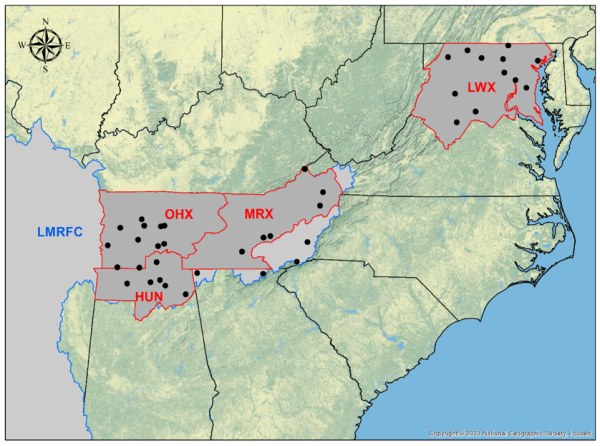
Image 1. Gauge locations (black dots) for the initial evaluation of real-time gauge height forecasts from NASA SPoRT.
So, one might be asking…why is SPoRT engaged with stream height forecasting? It’s important to remember that the SPoRT paradigm involves working closely with collaborative partners and assessing forecaster needs. One of those needs involves having a better sense of flood risk at mid to long timescales during the 7-day forecast period. Let us explain. Operational gauge height forecasts from the RFC may not incorporate precipitation into the hydrologic models beyond one or two days due to operational and model limitations and constraints. However, this can be problematic if an area is expecting heavy rainfall in the period beyond a day or two. Take for example the current flooding event occurring across parts of the Tennessee Valley. Operational gauge height forecasts for the Flint River (at Brownsboro, AL) from the afternoon of February 3rd indicated no rise forecast for the river (Image 2). This is because the hydrologic models were not incorporating precipitation into the models as it was before the 48 hour cutoff.
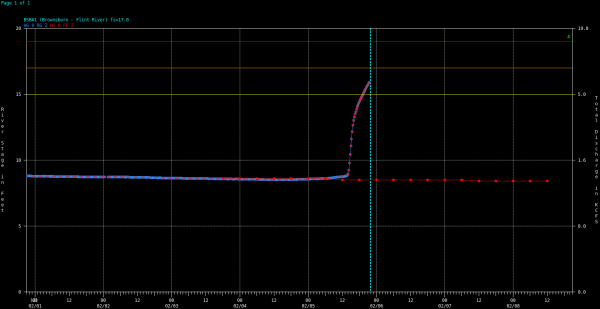
Image 2. Graph of gauge height observations (dotted blue line) and forecasts (dotted red line) for the Flint River at Brownsboro. The forecast was valid approximately 1440 UTC 3 Feb 2020. Observations are current through about 22 UTC 5 Feb 2020. Horizontal bars at the top of the image indicate flooding thresholds (yellow=Action Stage, orange=Minor Flood, red=Moderate Flood)
However, heavy rain was expected in the region, which would certainly lead to some river rises. The question is…how much? Our old rules of thumb would have suggested flooding likely, based on soil moisture values and expected rainfall. But again, the old rules didn’t indicate the time frame for flooding or the degree of flooding…it was generally just a qualitative “likely” or “not likely”. So, to help alleviate this gap in knowledge, the new methodology provides objective, deterministic forecasts of stream or gauge height. The image below shows the gauge height forecasts from the SPoRT LSTM models valid at about the same time. Notice that the forecasts based on both GFS and WPC QPF scenarios indicated flooding was likely, while the higher precipitation from the GFS suggested flooding would reach Moderate Stage. So, it’s easy to see here one of the advantages this type of modeling can have for overall hydrologic forecasting and situational awareness for the threat of flooding.
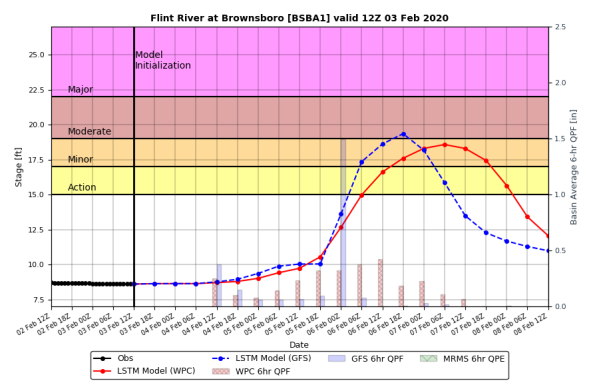
Figure 3. SPoRT LSTM gauge height forecasts for the Brownsboro River at Brownsboro. The black line shows observations, up to analysis time at 12Z 3 Feb 2020. The blue dashed line contains gauge height forecasts based on GFS QPF, while the red line contains forecasts based on WPC QPF. The blue vertical bars indicate 6-hourly GFS QPF, while the red bars indicate 6-hourly WPC QPF.
This post has become rather long. So, we’re going to leave it here for now. We’ll be providing more information about this project and discussing other advantages and limitations of our stream height forecasts in some upcoming posts as we continue this evaluation over the next couple of months.
– Kris and Andrew

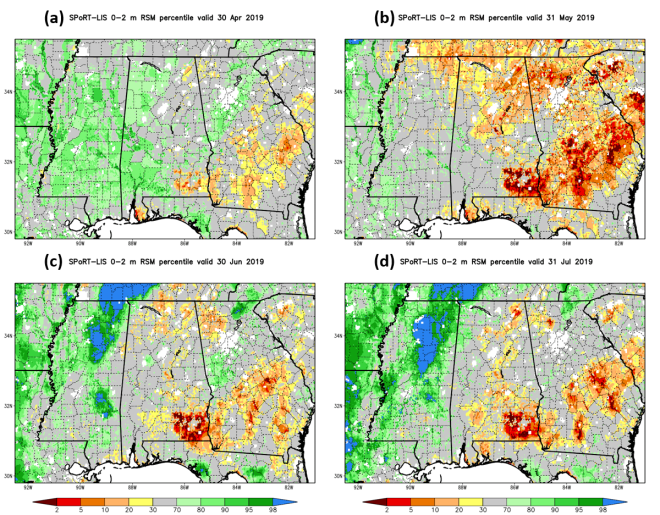
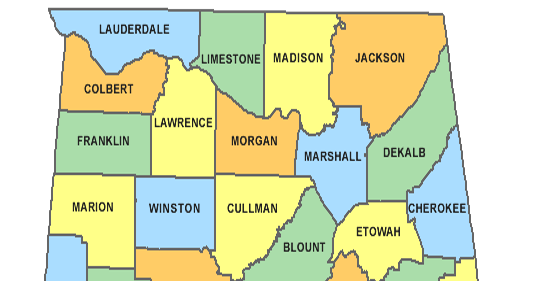
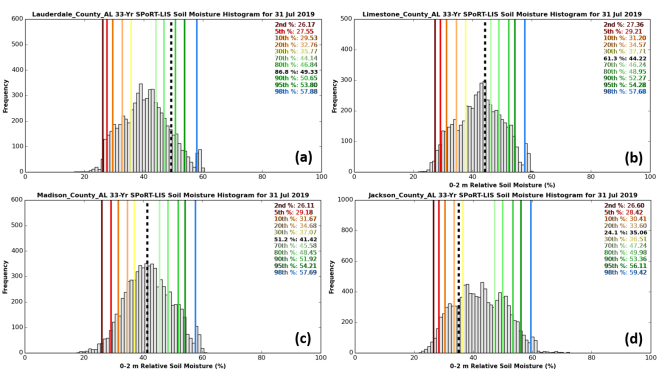
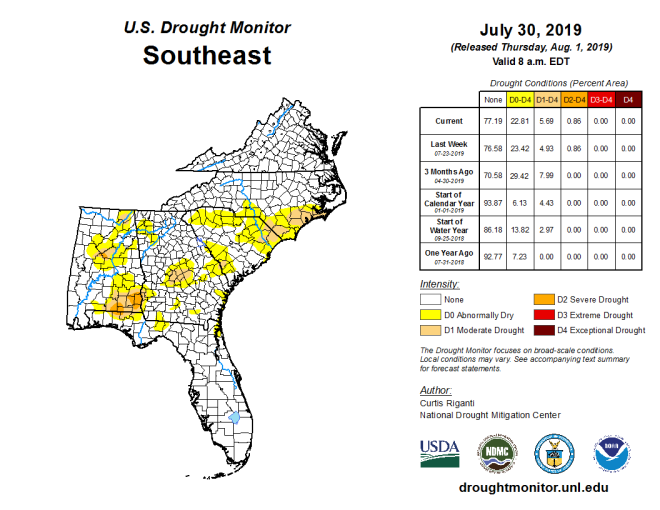
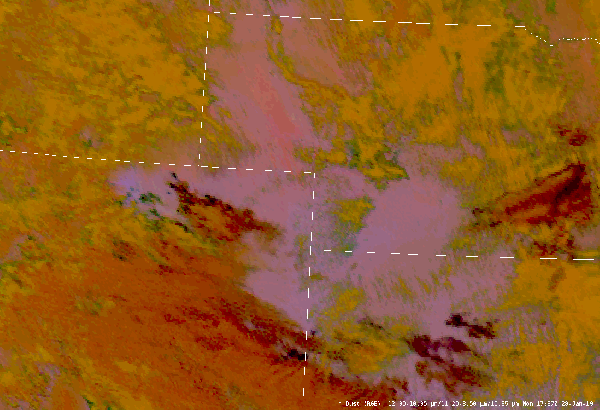
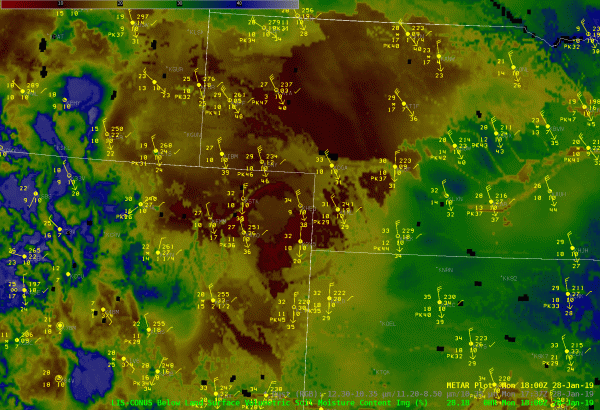

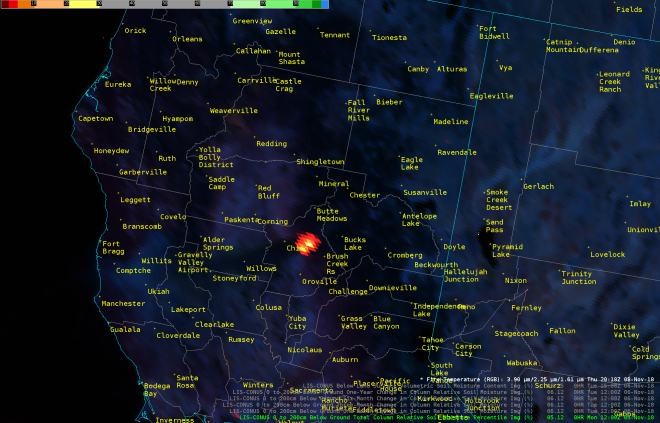
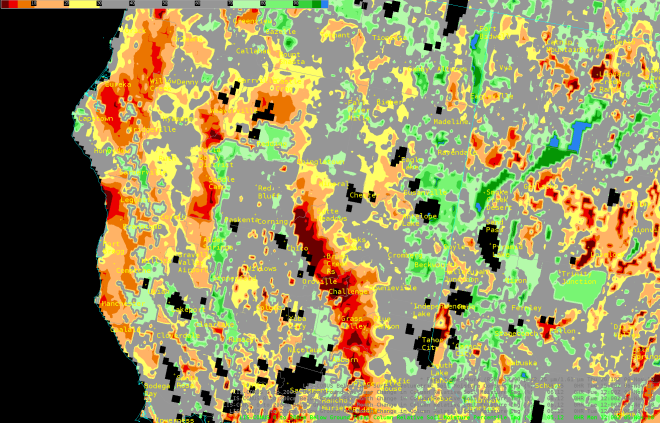
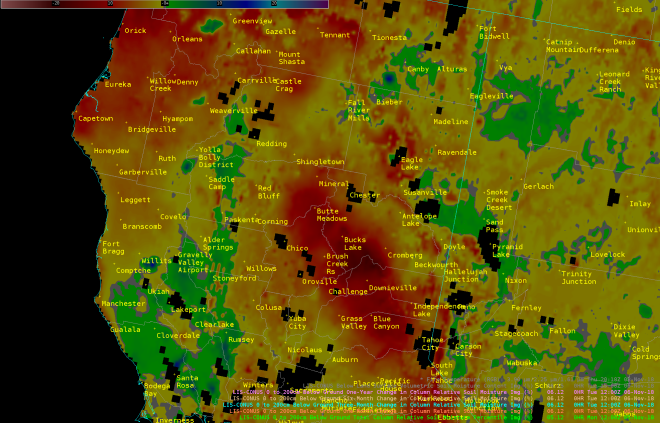
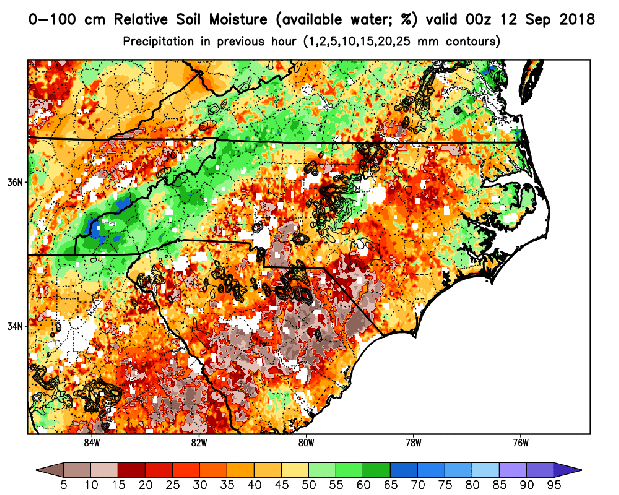
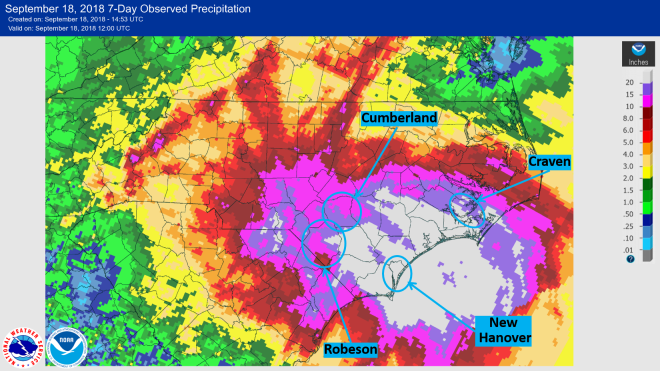


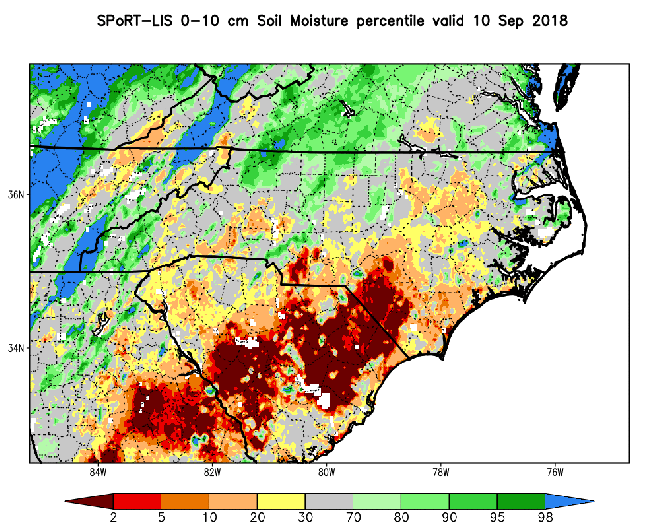
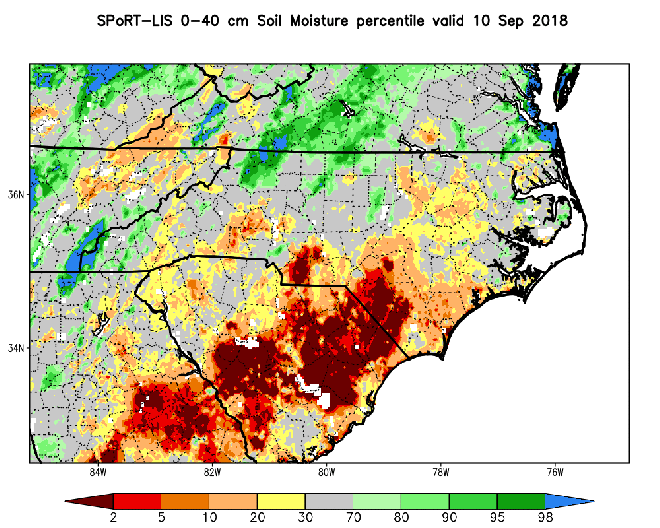
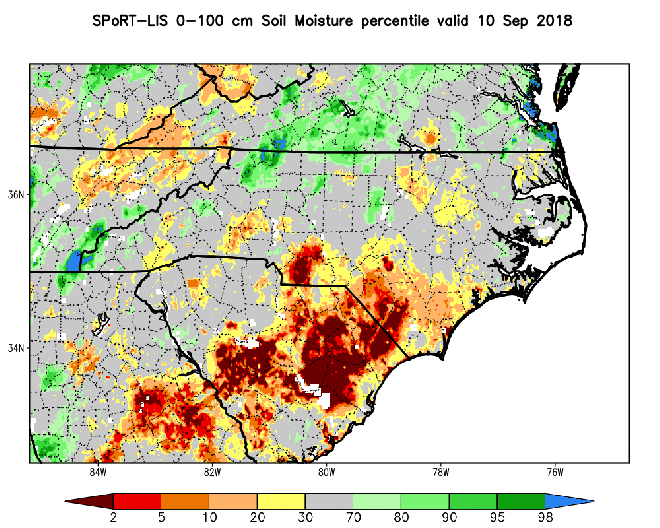
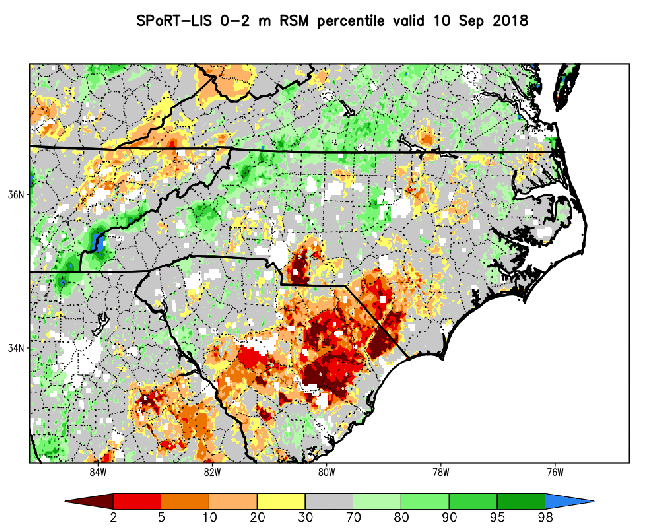
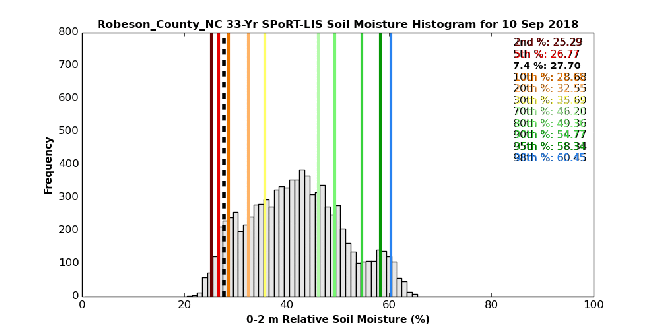
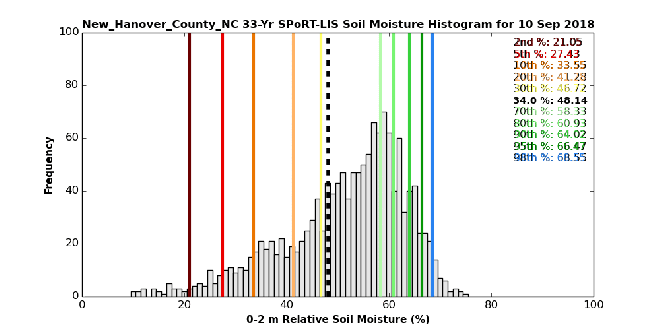
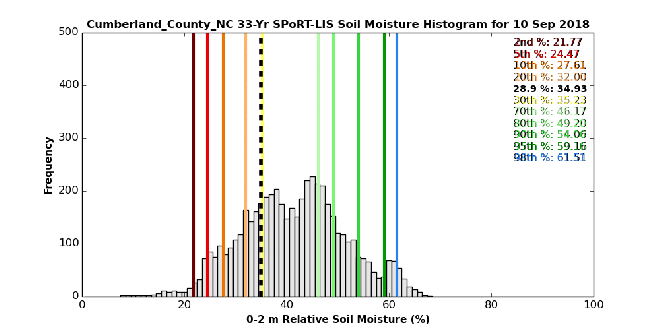
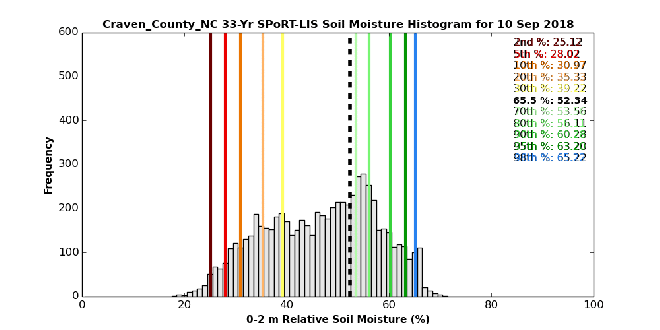
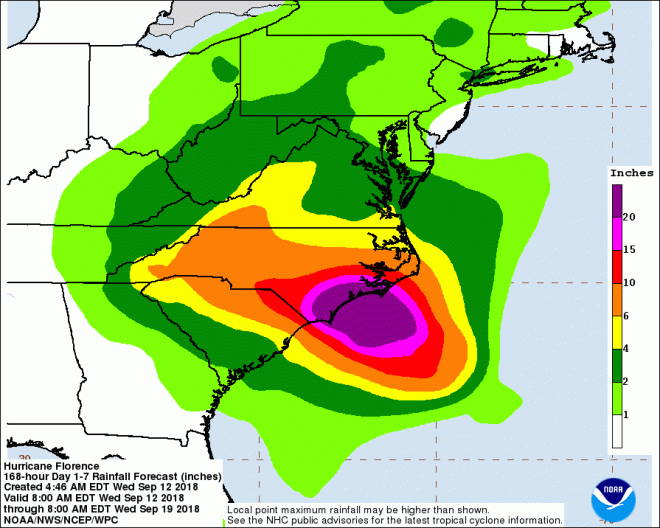
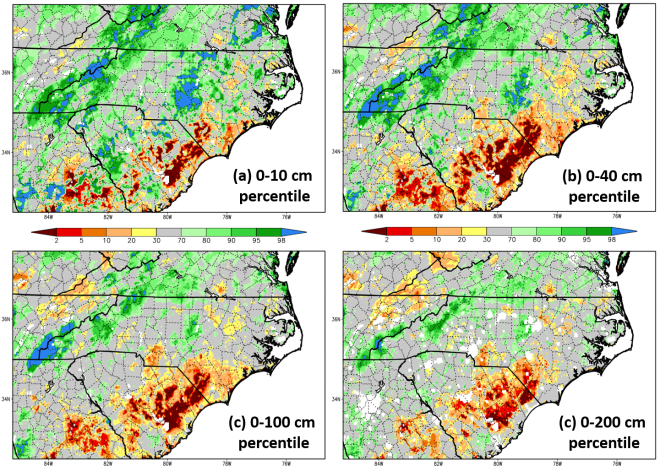

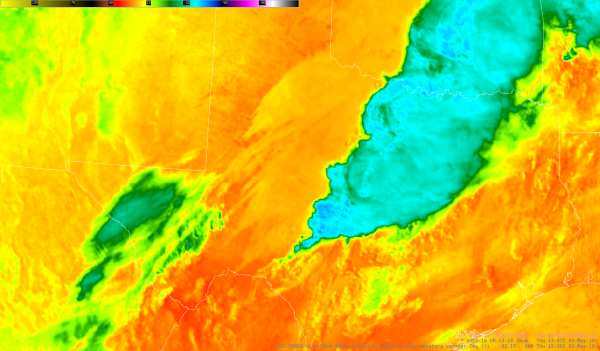


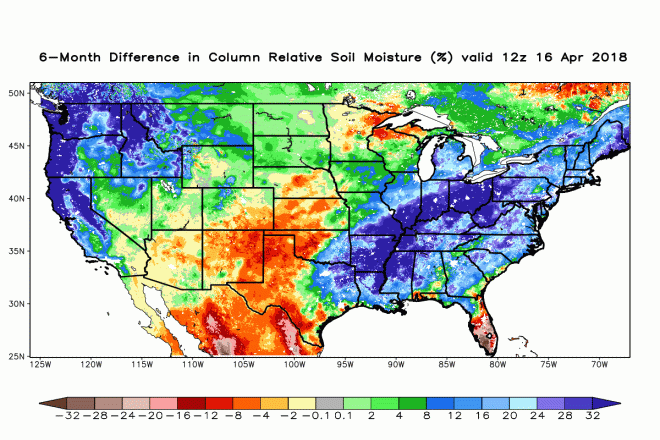
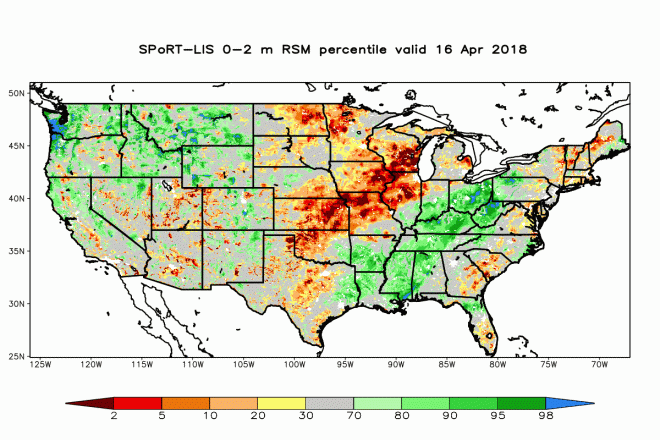
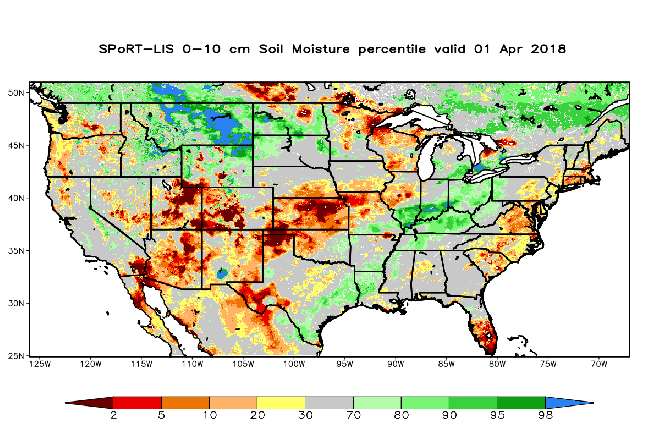
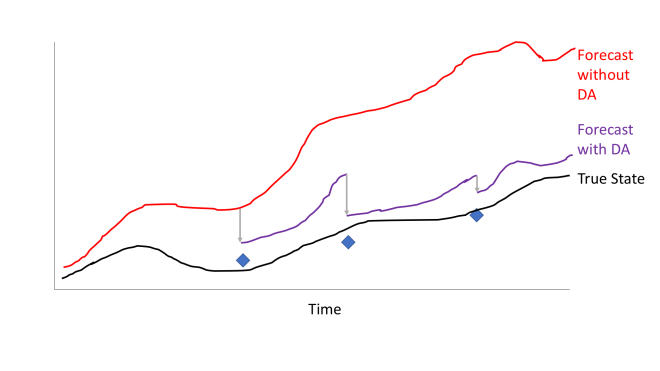
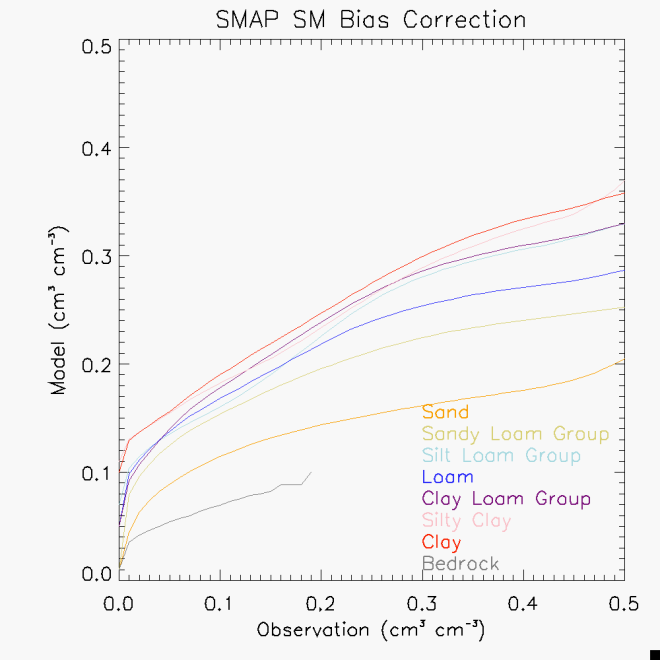

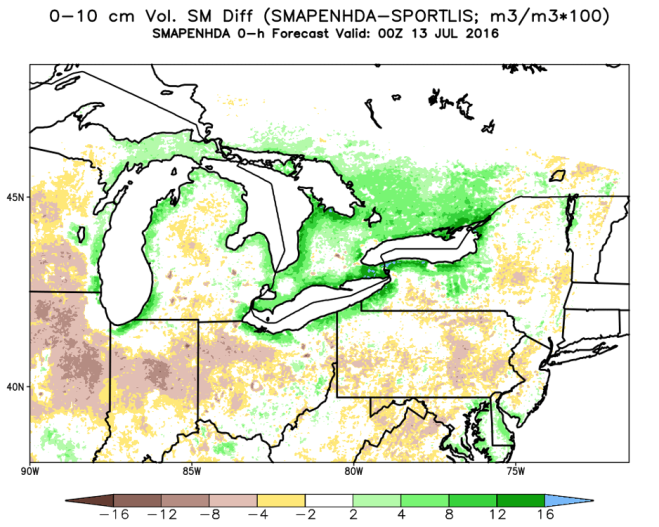



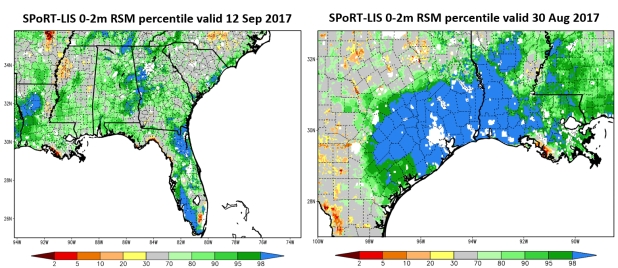

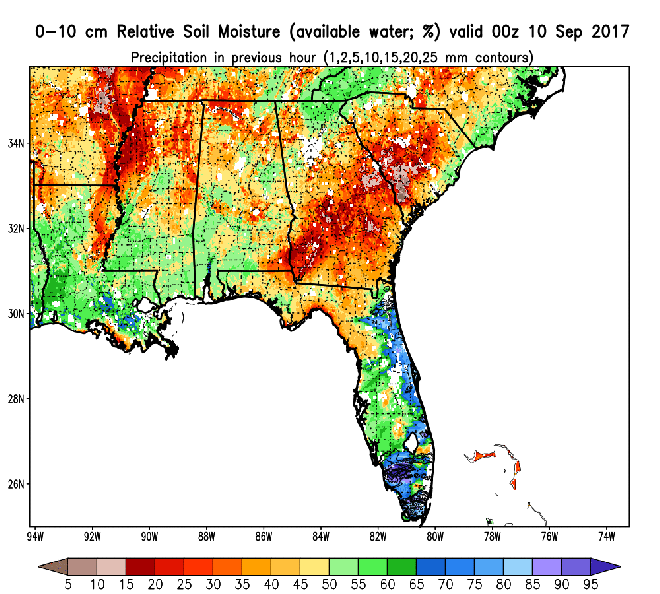

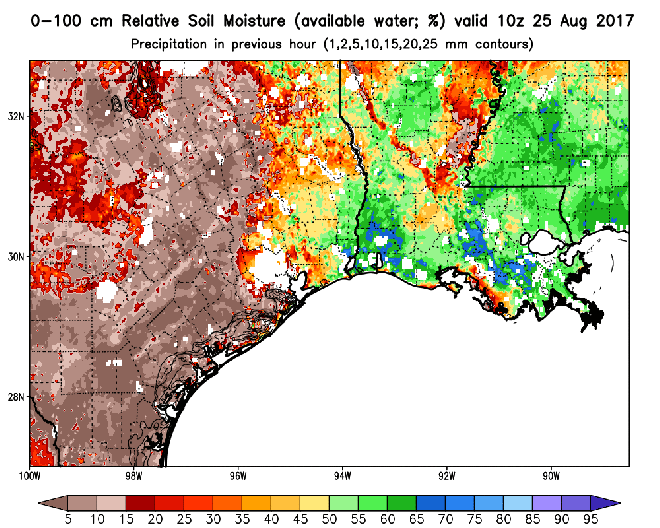
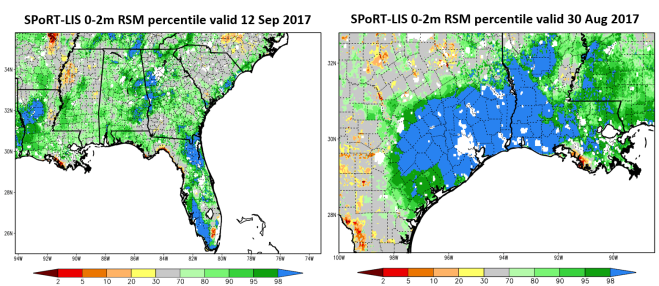
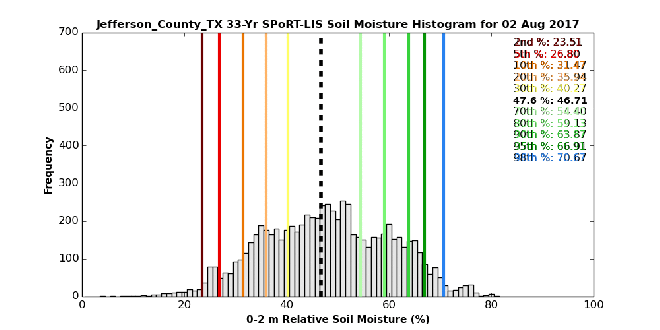
You must be logged in to post a comment.